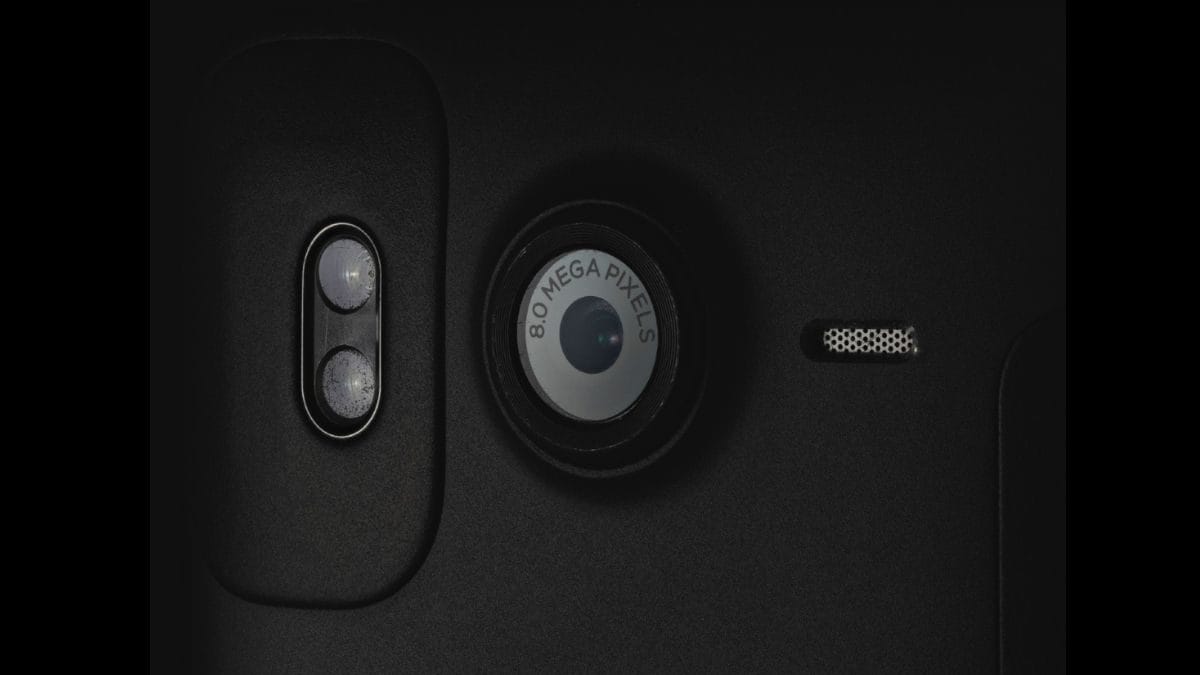prevent solder bridging during Printed circuit assembly services
Preventing solder bridging is a crucial aspect of ensuring high-quality Printed Circuit Assembly (PCA) services, as solder bridges can lead to electrical shorts, compromised functionality, and reliability issues in electronic devices. Solder bridging occurs when excess solder connects adjacent solder joints, forming unintended electrical connections between conductive traces or components on the PCB. This phenomenon commonly occurs during the reflow soldering process and can result from factors such as stencil design, solder paste application, process parameters, and component layout. Implementing various preventive measures is essential to mitigate the risk of solder bridging and maintain the integrity of PCB assemblies.
One effective method to prevent solder bridging is optimizing stencil design and aperture geometry during solder paste printing. Stencil apertures with appropriate sizes, shapes, and spacing help control the volume and distribution of solder paste deposited on printed circuit assembly services pads. Smaller apertures and tighter tolerances reduce the likelihood of excess solder paste being squeezed out during printing, minimizing the formation of solder bridges. Additionally, optimizing stencil thickness and surface coatings can improve solder paste release and reduce the tendency for solder paste to flow and bridge adjacent pads during reflow.
Moreover, controlling solder paste formulation and viscosity is critical for preventing solder bridging during the reflow soldering process. Solder paste manufacturers carefully formulate solder pastes to achieve specific rheological properties, including viscosity, tackiness, and thixotropy. Properly balanced solder paste formulations ensure adequate wetting and solder flow during reflow while minimizing the risk of solder bridging. Manufacturers may adjust solder paste composition, flux chemistry, and particle size distribution to optimize solder paste performance and reduce the occurrence of solder bridging defects.

How do you prevent solder bridging during Printed circuit assembly services?
Furthermore, optimizing reflow soldering process parameters, such as temperature profiles, ramp rates, and atmosphere control, is essential for preventing solder bridging and achieving uniform solder joint formation. Controlling heating and cooling rates during reflow minimizes the likelihood of excess solder paste flowing and forming bridges between adjacent pads. Additionally, maintaining a stable reflow atmosphere, such as nitrogen or controlled atmospheric conditions, helps reduce oxidation and surface tension effects that can contribute to solder bridging formation.
In addition to process optimization, implementing proper component placement and orientation strategies can help prevent solder bridging during assembly. Careful attention should be paid to component spacing and alignment to ensure adequate clearance between adjacent pads and leads. Components with fine pitch or closely spaced pins may require specialized handling techniques or placement equipment to achieve precise positioning and prevent solder bridging. Additionally, selecting components with appropriate packaging and lead configurations can help minimize the risk of solder bridging during reflow soldering.
Moreover, implementing thorough inspection and quality control measures throughout the assembly process helps identify and rectify potential solder bridging issues before they escalate. Automated optical inspection (AOI) and solder paste inspection (SPI) systems are valuable tools for detecting solder bridging defects, misaligned components, and other soldering issues during assembly. By inspecting PCBs and solder joints at various stages of the assembly process, manufacturers can identify root causes of solder bridging and implement corrective actions to improve process reliability and product quality.
In conclusion, preventing solder bridging is essential for ensuring high-quality Printed Circuit Assembly (PCA) services and maintaining the reliability of electronic devices. By implementing measures such as optimizing stencil design, controlling solder paste formulation and process parameters, optimizing component placement, and implementing thorough inspection and quality control, manufacturers can minimize the risk of solder bridging defects and produce PCB assemblies that meet the highest standards of quality and reliability. Effective prevention of solder bridging requires a comprehensive approach that addresses multiple factors throughout the assembly process, ultimately resulting in superior product performance and customer satisfaction.



